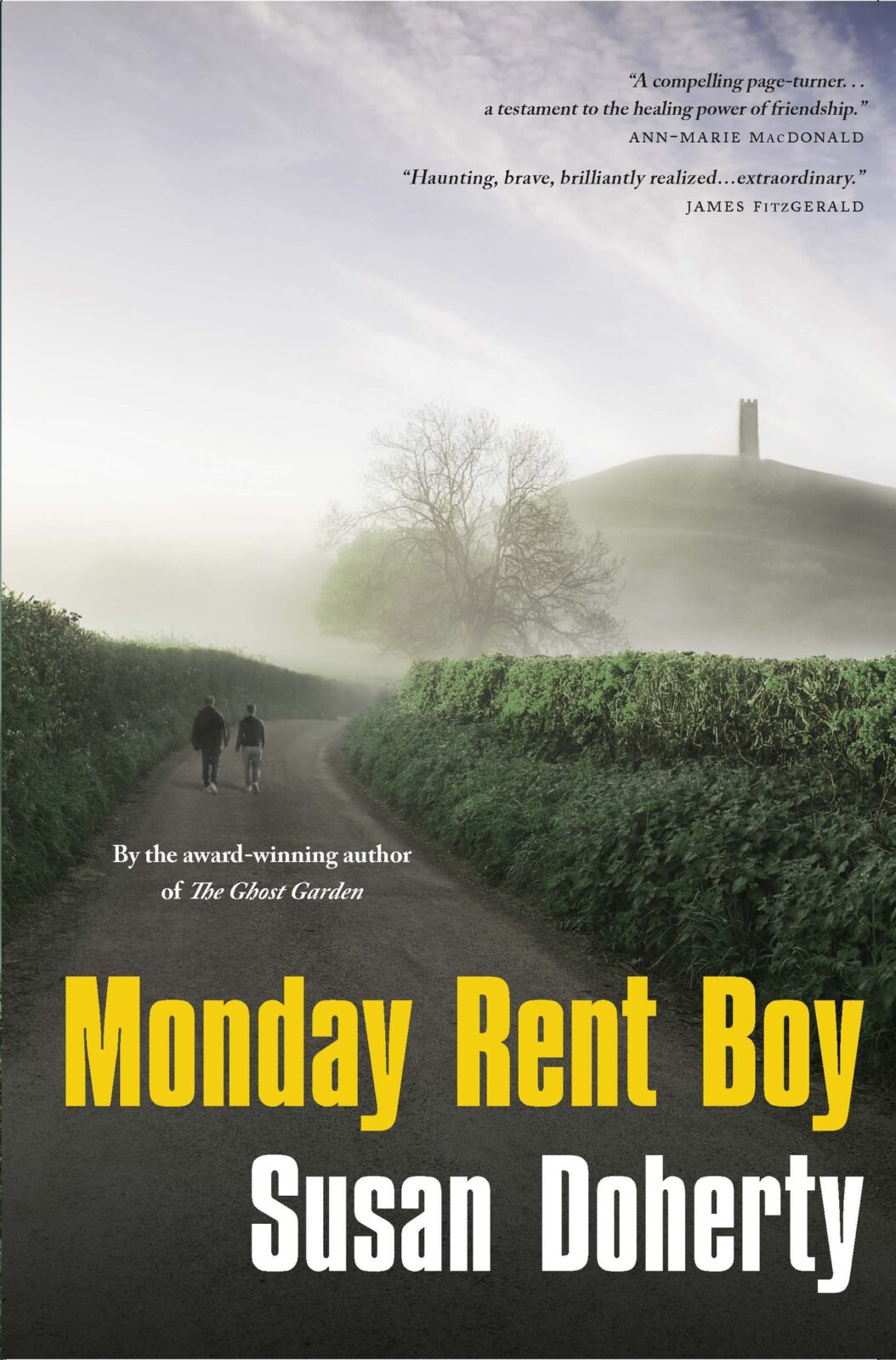Dance Of The Suitors
J. M. Villaverde
Oberon Press
$18.95
paper
135pp
978-0-7780-1296-2
Although generally numb, he does display more visceral reactions towards Angela, his sister and the object of his desire. The scenes between them are believable, and Angela is an extremely well-drawn figure. In fact, if this short story were ever made into a movie, Laura Linney would play Angela, resplendent when she comes out of the bathroom and gets “caught momentarily in a wedge of light.”
Along the way to the satisfying end, Villaverde delivers some clever phrases: “I asked for a g and t; I got a puzzled look instead. Then I took my spelled-out drink for a tour of the room.”
So the reader finishes the first story with a sense of anticipation. Villaverde has successfully presented all the themes, moods, and tones that will be repeated throughout the collection: twinship, or unusually close intimacy, between siblings; airports; reflections on the present, past, and future; coincidences…
Then, unfortunately, the collection promptly falls apart. Although Villaverde’s knack for a clever line frequently breaks through in the other stories, the forever distant narrator, overuse of the passive voice, flat similes, flatter endings, abrupt and unexplained changes in point of view, and too-long passages of exposition test the reader’s patience.
Some may argue that Virginia Woolf and other writers who embrace unconventional storytelling techniques have made quite a reputation for themselves regardless, but Villaverde’s stories do not have the emotional depth or the consistent style to sustain such non-traditional forms.
For example, in “Where a Disparaging Word,” the reader follows the lives of several deeply entangled characters. The story ends, however, with a summary of events in the life of a minor character, who is introduced only halfway through the story. By not completing the narrative arc he engaged in when he first began the story, Villaverde does a great disservice to his readers.
If the author’s goal is to capture the zoned-out quasi-consciousness of the modern world, he succeeds only too well, as the characters are too apathetic to compel the reader to press on. In one story, the narrator thinks, “Everything he wrote was atonal,” and the same is true about Villaverde’s stories. Narrator apathy inevitably leads to reader apathy.
Still, Villaverde is capable of achieving pitch-perfect similes that instantly ring true. In “Voglio Vivere una Favola,” he writes, “Italy, it seems to him, is a queer mix of the sublime and the garish: nature providing the former in abundance; and people, the latter.” Unfortunately such lovely turns of phrase cannot save this collection as a whole. mRb






0 Comments